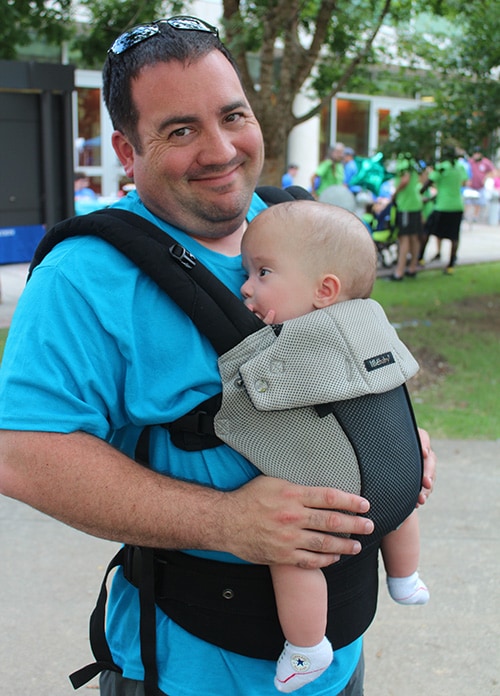About CDC’s Work on Spina Bifida
CDC is committed to learning more about spina bifida and helping people affected by spina bifida live life to the fullest.

Estimating the Prevalence of Spina Bifida
Through population-based birth defects surveillance programs, CDC tracks the number of pregnancies affected by spina bifida in the United States. This way, we can find out if the number is rising, dropping, or staying the same. We can also compare the prevalence related to where people live and by other factors. This information can help us look for risk factors and causes.
Understanding Risk Factors and Causes
Understanding the risk factors for spina bifida will help us learn more about the causes of spina bifida and ways to prevent spina bifida from affecting pregnancies. The Centers for Birth Defects Research and Prevention (CBDRP) are several research centers across the nation funded by CDC to understand the causes of birth defects. These Centers have been conducting one of the largest studies of birth defects ever undertaken in the United States, called the National Birth Defects Prevention Study (NBDPS). The CBDRP will build upon the success of NBDPS and further examine promising findings with the Birth Defects Study to Evaluate Pregnancy exposureS (BD-STEPS).
Living with Spina Bifida
CDC funds and manages the National Spina Bifida Patient Registry. Staff at spina bifida clinics participating in the Registry collect data annually from children and adults receiving care at their clinics. These data will provide the evidence needed to identify the best care for people with spina bifida. CDC is the only organization in the United States conducting this type of research based on information from multiple SB clinics.
CDC is collaborating with the Spina Bifida Association to build a formal network of SB clinics across the country. Healthcare professionals will be able to share resources through this network, including the latest research from the Registry. This network will also help people with SB and their families find specialists, and help clinic staff connect patients with services that are not available locally.
CDC also funds and manages the Urologic Management to Preserve Initial Renal Function Protocol for Young Children with Spina Bifida, known as UMPIRE. Many babies born with spina bifida have healthy kidneys at birth, but are at risk for developing kidney failure at a younger age than those without spina bifida. The UMPIRE protocol works to protect the kidneys of babies born with spina bifida and reduce the need for surgery.
Learn about CDC’s efforts to understand and prevent neural tube defects »
Learn More
To learn more about the projects described here, visit our Research & Tracking page.
Questions?
If you have questions about spina bifida, please send us an e-mail at cdcinfo@cdc.gov.